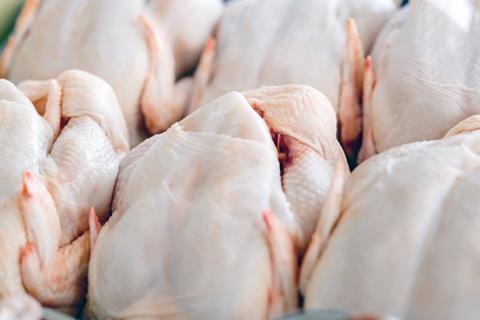There is a risk of volatility in poultry feed costs and trade arrangements, according to the latest Rabobank report Poultry Quarterly Q3 2018: Trade Volatility, but Local Markets Bullish.
The report states that global poultry trade has become highly volatile, with Brazil very much at the centre of the turmoil.

Rabobank expects the global disruption to continue in the second half of 2018, as new issues are set to impact trade.
The report points to matters such as rising US-Chinese trade tensions, the recent safeguard measures on Brazilian poultry set by China, and changes to Saudi Arabia’s halal stunning requirements.
According to Nan-Dirk Mulder, senior analyst – Animal Protein at RaboResearch: “Global trade has recently become highly volatile, and we have seen some major movements in trade streams and prices due to several important factors.”
These include:
• In April, the EU removed 20 Brazilian plants from the export allowance list due to violation of EU import requirements regarding salmonella control.
• Saudi Arabia is in the process of implementing its new halal allowance standards, which have already led to a drop of 30% in imports in Q1 2018.
• China has now issued a special safeguard on imports of Brazilian poultry. This will lead to implementation of company-specific import levies and will impact import volumes of Brazilian poultry in China.
In response to the recently-announced US taxes on Chinese imports, China has declared a set of import taxes on US agricultural products as of early July.
It is said to shake up global trade in the coming months, as Chinese feed prices will rise.
Directly linked to the US-Chinese trade tensions is the introduction of a 25% tariff on US chicken imports into China, further delaying the prospect of US chicken accessing the market.
However many local industries are still performing well, as supply in regions such as the EU, South Africa, Mexico, Indonesia and India are well-balanced, creating good, profitable conditions for the industry.
To read the full report, click here.
This story was originally published on a previous version of the Meat Management website and so there may be some missing images and formatting issues.















